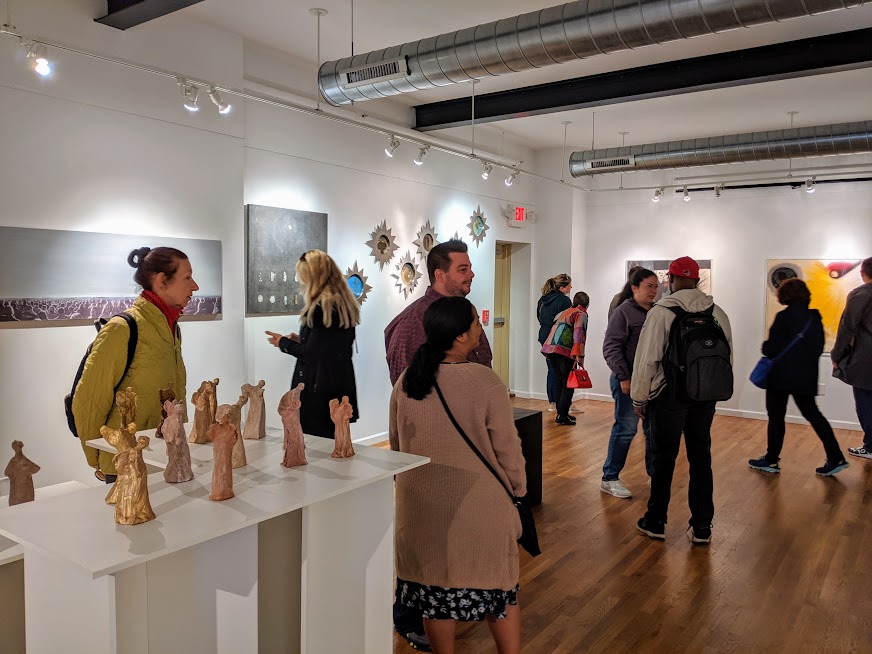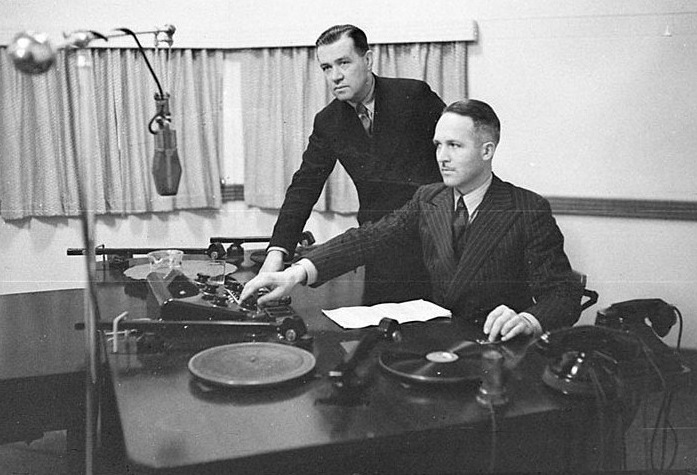Public Policy

Jersey City Funding the Arts? Maybe
Recently, the Jersey City council approved a ballot referendum for creating an arts trust fund in Jersey City. The proposal would dedicate permanent revenue for local arts and culture organizations. A small additional property tax would collect an estimated $800,000 to $1,000,000 per year–all for the arts.

2020 Predictions: We Need Some Milk
Last year, I appeared on We Need Some Milk, a sometimes irreverent podcast exploring local politics with a focus on New Jersey and Massachusetts. The hosts invited me back to participate in the program’s first episode in 2020.
Gentrification & Change: My Jersey City Neighborhood
After decades of disinvestment and decline, American cities have become desirable places to work and live, especially for young adults in their 20s and 30s. Bloggers, journalists, and authors have documented this trend in cities, both large and small. Investment and development have followed this population movement into cities and anticipated its continuance. This has…
A Percent for the Arts: Needed in Jersey City
On the evening of June 14, 2017, Jersey City arts advocates crowded the city council chambers and dominated the public comments segment of the council meeting. Speaker after speaker approached the microphone and articulated the integral role of the arts in the life of the city. Arts contribute to the local economy. Arts improve the…
(New) Brooklyn & Jersey City: A Comparison and a Challenge
In the past fifteen or so years, Brooklyn has emerged as the grassroots cultural and creative capital of not only the New York region but arguably the entire country. Brooklyn entrepreneurs, musicians, artists, writers, and all-around boosters have crafted an attention-grabbing and marketable image of the new Brooklyn: gritty, outrageous, quirky, and weird. Simply put,…